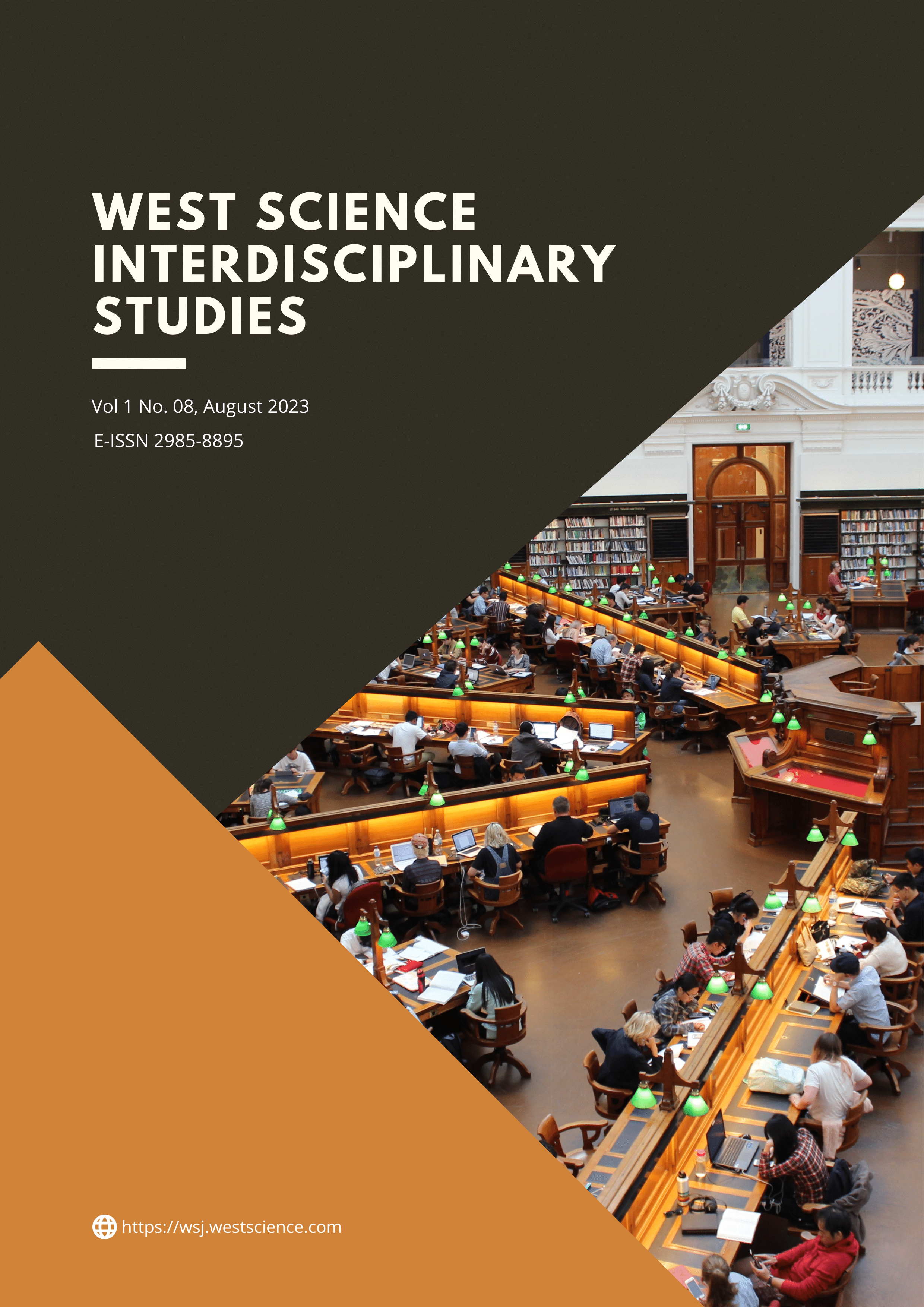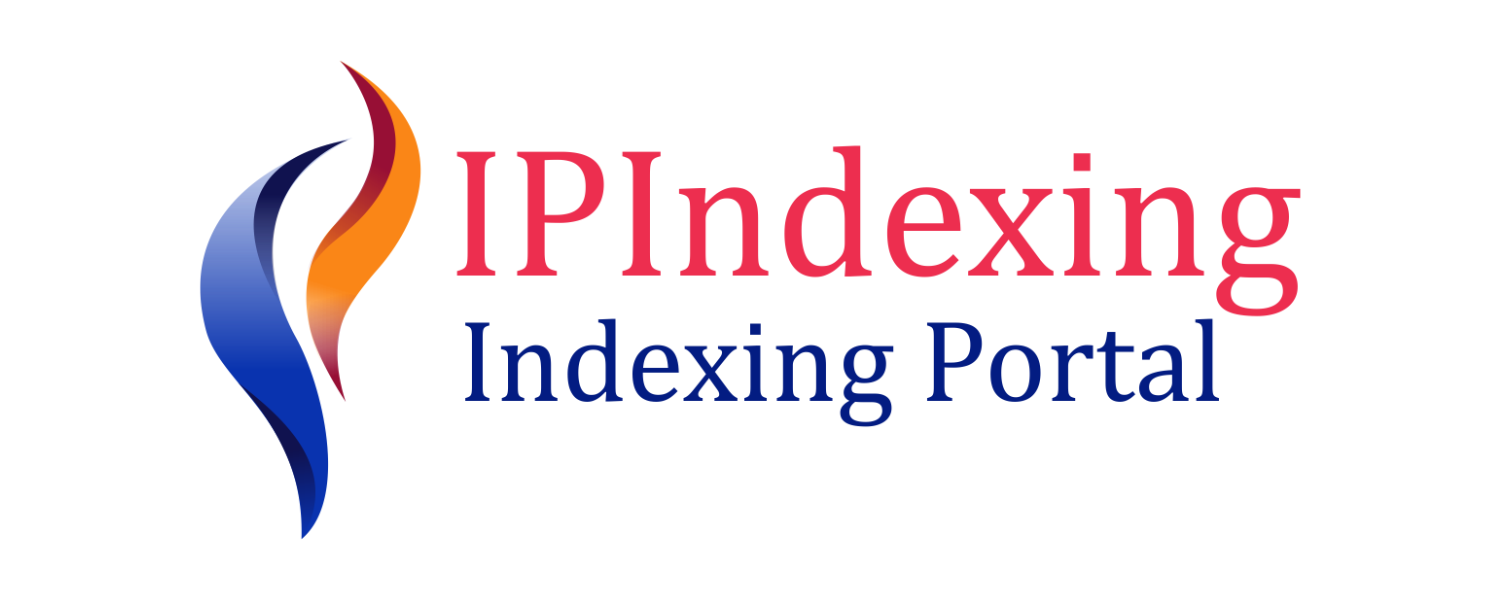Maternal and Child Health Interventions: A Bibliometric Assessment of Global Research Landscape
DOI:
https://doi.org/10.58812/wsis.v1i08.185Keywords:
Maternal, Child, Health, Interventions, BibliometricAbstract
Maternal and child health interventions play a pivotal role in improving health outcomes and promoting well-being among mothers and children worldwide. This study employs a multidimensional approach, combining bibliometric analysis, clustering, and citation analysis, to assess the global research landscape of maternal and child health interventions. The research methodology involves systematic data collection, preprocessing, and the utilization of VOSviewer for visualization and analysis. The results reveal thematic clusters, high-impact studies, and prevailing research trends within the field. The identified clusters encompass diverse themes such as child development, adolescent health, and policy implications. High-impact studies emphasize evidence-based approaches, addressing maternal undernutrition, child health interventions, and maternal and newborn health. Additionally, the frequency of keywords reflects research priorities in coverage, child health interventions, and intervention effectiveness. Conversely, areas with fewer occurrences, such as infant health and child undernutrition, suggest potential research gaps. This comprehensive assessment of the maternal and child health interventions landscape informs evidence-based decision-making, identifies research priorities, and guides the development of holistic interventions. The study contributes to advancing maternal and child health outcomes globally by providing insights into the current state, gaps, and directions for future research.
References
S. Helfert and P. Warschburger, “The face of appearance-related social pressure: gender, age and body mass variations in peer and parental pressure during adolescence,” Child Adolesc. Psychiatry Ment. Health, vol. 7, no. 1, pp. 1–11, 2013.
A. McCrory, P. Best, and A. Maddock, “The relationship between highly visual social media and young people’s mental health: A scoping review,” Child. Youth Serv. Rev., vol. 115, p. 105053, 2020.
K. E. Miller and M. J. D. Jordans, “Determinants of children’s mental health in war-torn settings: Translating research into action,” Curr. Psychiatry Rep., vol. 18, no. 6, p. 58, 2016.
S. Lal, S. Tremblay, D. Starcevic, M. Mauger-Lavigne, and D. Anaby, “Mental health problems among adolescents and young adults with childhood-onset physical disabilities: A scoping review,” Front. Rehabil. Sci., vol. 3, 2022.
A. I. T. Adikusuma, “DIFUSI NORMA SUSTAINABLE DEVELOPMENT GOALS (SDGS) DALAM KEBIJAKAN KESEHATAN MENTAL INDIA.” UNIVERSITAS BOSOWA, 2020.
D. Blazer, M. Le, K. Maslow, and J. Eden, “The mental health and substance use workforce for older adults: In whose hands?,” 2012.
C. Blanco et al., “Mental health of college students and their non–college-attending peers: results from the national epidemiologic study on alcohol and related conditions,” Arch. Gen. Psychiatry, vol. 65, no. 12, pp. 1429–1437, 2008.
S. Kaur, K. Kaur, and R. Verma, “Impact of social media on mental health of adolescents,” J. Pharm. Negat. Results, pp. 779–783, 2022.
A. J. Preston and L. Rew, “Connectedness, self-esteem, and prosocial behaviors protect adolescent mental health following social isolation: A systematic review,” Issues Ment. Health Nurs., vol. 43, no. 1, pp. 32–41, 2022.
S. Lehtimaki, J. Martic, B. Wahl, K. T. Foster, and N. Schwalbe, “Evidence on digital mental health interventions for adolescents and young people: systematic overview,” JMIR Ment. Heal., vol. 8, no. 4, p. e25847, 2021.
W. H. Organization, WHO report on the global tobacco epidemic, 2008: the MPOWER package. World Health Organization, 2008.
W. H. Organization, World health statistics 2015. World Health Organization, 2015.
E. G. Carayannis, T. D. Barth, and D. F. J. Campbell, “The Quintuple Helix innovation model: global warming as a challenge and driver for innovation,” J. Innov. Entrep., vol. 1, pp. 1–12, 2012.
J. K. Das et al., “Interventions for adolescent mental health: an overview of systematic reviews,” J. Adolesc. Heal., vol. 59, no. 4, pp. S49–S60, 2016.
Y. Iskandar, “Hubungan Self-Efficacy dengan Prokrastinasi Akademik Mahasiswa Semester 5 Fakultas Bisnis dan Humaniora Universitas Nusa Putra (Sebuah Proposal Penelitian),” J. Psikol. dan Konseling West Sci., vol. 1, no. 1, pp. 43–52, 2023.
M. O’Reilly, K. Karim, and J. N. Lester, “Should autism be classified as a mental illness/disability? Evidence from empirical work,” Palgrave Handb. child Ment. Heal. Discourse Conversat. Stud., pp. 252–271, 2015.
Y. E. Lee, E. Kim, and S. Y. Park, “Effect of self-esteem, emotional intelligence and psychological well-being on resilience in nursing students,” Child Heal. Nurs. Res., vol. 23, no. 3, pp. 385–393, 2017.
D. A. Maharani, M. Adiatman, A. Rahardjo, G. Burnside, and C. Pine, “An assessment of the impacts of child oral health in Indonesia and associations with self-esteem, school performance and perceived employability,” BMC Oral Health, vol. 17, no. 1, pp. 1–10, 2017.
F. Ulya, “Literature Review Of Factors Related To Mental Health In Adolescent: Kajian Literatur Faktor Yang Berhubungan Dengan Kesehatan Mental Pada Remaja,” J. Heal. Ther., vol. 1, no. 1, pp. 27–46, 2021.
P. Eriyanti and A. Ardhiyansyah, “The influence of trust, convenience, and quality information on purchase decisions at marketplace shopee in Sukabumi,” Insight Manag. J., vol. 3, no. 2, pp. 48–55, 2023.
Y. Iskandar, J. Joeliaty, U. Kaltum, and H. Hilmiana, “Bibliometric analysis on social entrepreneurship specialized journals,” WSEAS Trans. Environ. Dev., vol. 17, pp. 941–951, 2021, doi: 10.37394/232015.2021.17.87.
Downloads
Published
Issue
Section
License
Copyright (c) 2023 Yocki Yuanti, Erny Elviany Sabaruddin, Dewi Rostianingsih

This work is licensed under a Creative Commons Attribution-ShareAlike 4.0 International License.





















 Instagram
Instagram 